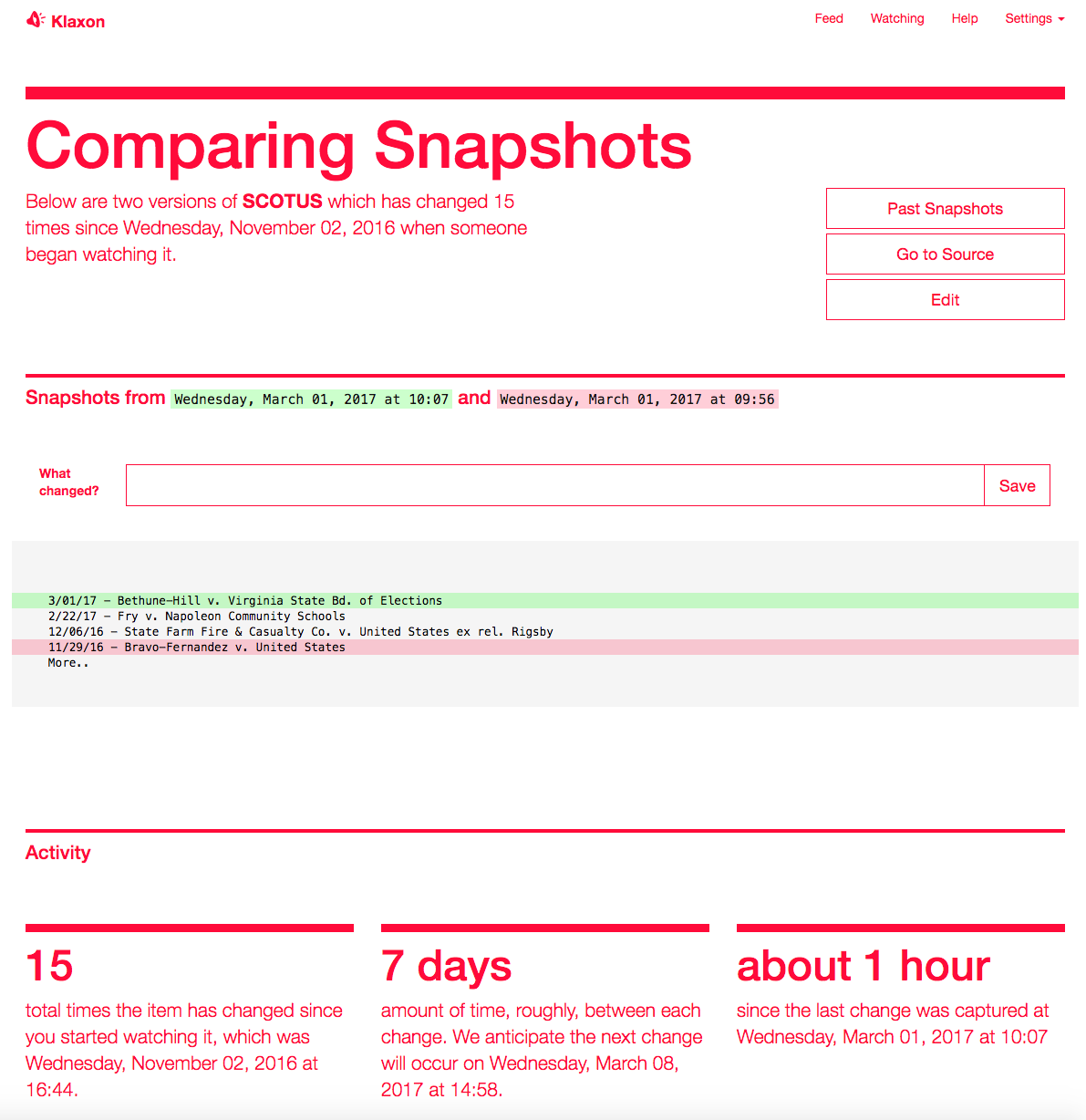
Henk van Ess teaches workshops in online investigative techniques; he worked with colleagues and a team of students from Axel Springer Academie to analyze a viral news video that purported to show a discarded missile launcher that had been discovered near Cairo’s international airport in 2011, but only published last month.
The “fake news” conversation has ballooned into a larger question around how to do a better job of teaching a younger generation of readers how to read the news: helping them understand how that sausage is made, where stories come from, how to identify reputable sources, how social and sharing platforms factor into the creation and dissemination of news, and how to apply these lines of critical thinking to evaluating all kinds of information.
The New York Times has shared some big numbers about the “Sponsor a Subscription” program that it launched in February: Thanks to contributions from 15,500 donors, the Times has been able to offer over 1.3 million students in the U.S. free access to NYTimes.com. Donations ranged from $4 (the average costof a student subscription is $3) to, in one anonymous case, $1 million. Over 830 contributions came from outside the U.S., despite the fact that the program is only available to students in the country.
A new challenge from Journalism 360 — the initiative launched last fall by Google News Lab and the Online News Association in partnership with the Knight Foundation — is looking for ideas on how to advance journalism’s collective understanding of these technologies. There’s money in it: A challenge announced Wednesday will offer grants up to $35,000 “to test, refine and build out a project,” from a pool of $250,000. (Knight is also a supporter of Nieman Lab.)
Younger Americans have a broad definition of news that expands beyond the output of traditional news organizations and includes information gleaned from social media and user-generated content, according to a report out Wednesday from the
The growing stream of reporting on and data about fake news, misinformation, partisan content, and news literacy is hard to keep up with. This weekly roundupoffers the highlights of what you might have missed.
We’re so pleased to announce that we’re funding a new project to create “A Field Guide to Fake News,” led by Liliana Bounegru, Jonathan Gray and Tommaso Venturini. It will be launched at the International Journalism Festival in Perugia in April. Next week the team are bringing together multiple researchers to collaborate on mapping the misinformation ecosystems across Europe, with a particular focus on the Netherlands, France and Germany, because of upcoming elections. As the researchers stated in their proposal to us, they want to: enhance public understanding of the scope, nature and composition of fake news phenomena in multiple European language spheres; generate lists of actors and sources making up fake news ecosystems in multiple European language spheres; and equip journalists, researchers and activists with techniques to trace these phenomena using leading digital tools and methods.
Here we’re cross-posting from Liliana’s blog.
Data & Society Research Institute.
“I think you have to really just listen to everything, and then pick out what you believe and what you think is really truthful,” said a 22-year-old African-American female who participated in the survey.
The report is based on focus groups with 52 people in their teens and 20s that were conducted last summer in Chicago, Charlotte, and Philadelphia. (Disclosure: The report was funded by the Knight Foundation, which also supports Nieman Lab.) Here are some of the report’s main takeaways:

With its intersitial quotes and lengthy load times, Forbes is “known for having a slower site than average and a more hefty ad experience,” Salah Zalatimo, Forbes’ VP of product development told me.
That’s why Forbes on Tuesday is beginning the public roll out of its new mobile site, which it says loads in 0.8 seconds — down from anywhere from 3 to 12 seconds on its current mobile site.
Discover more from Erkan's Field Diary
Subscribe to get the latest posts sent to your email.